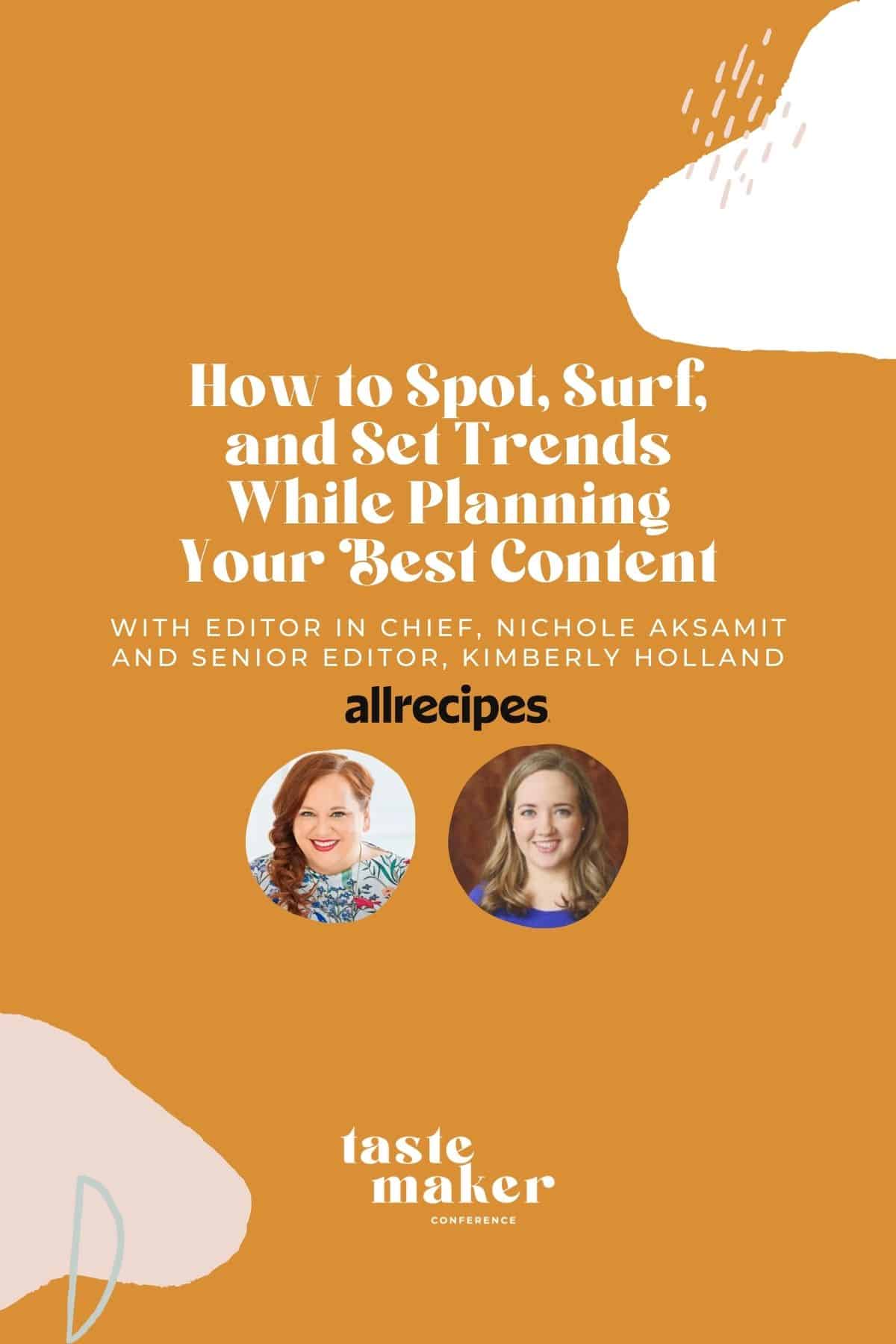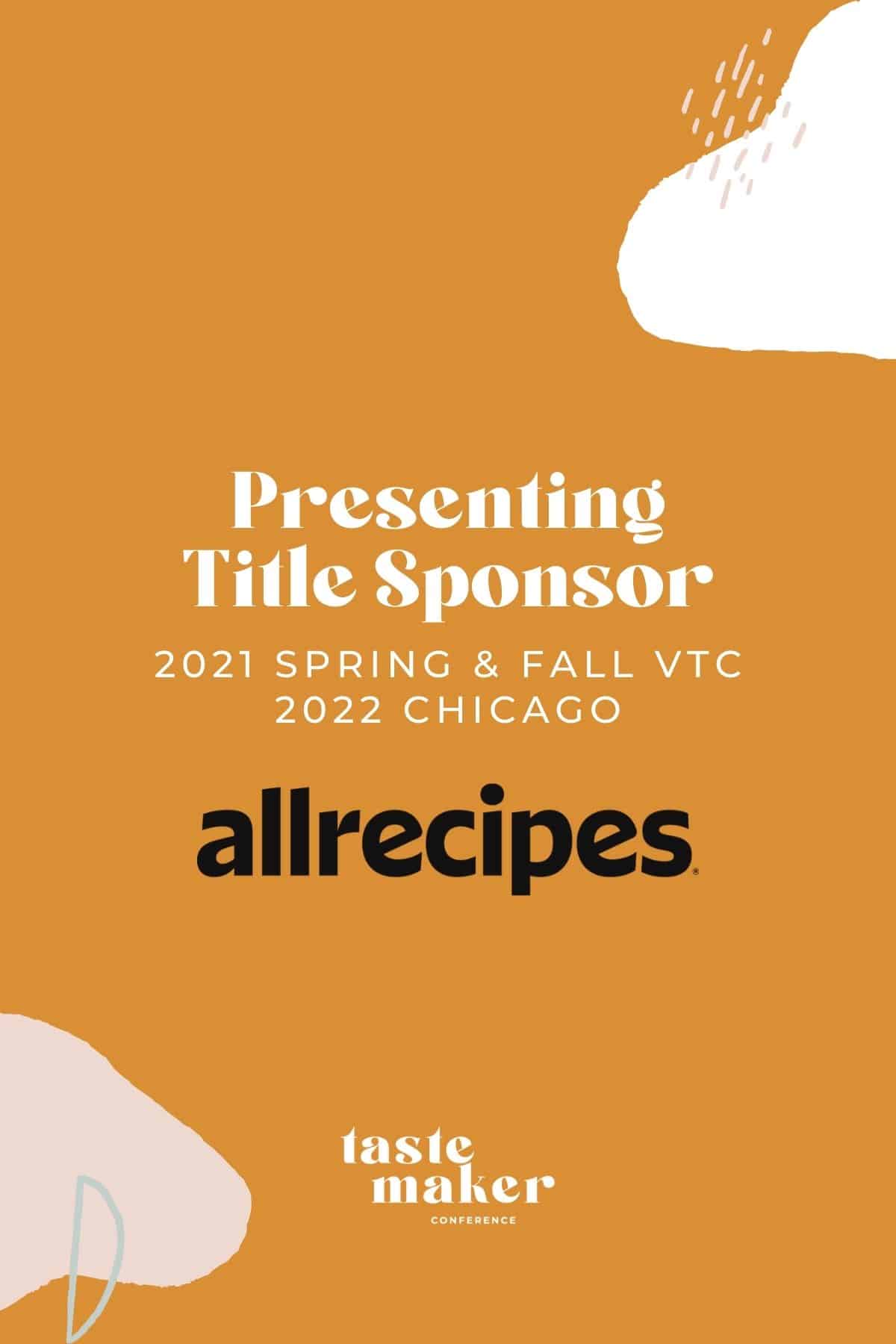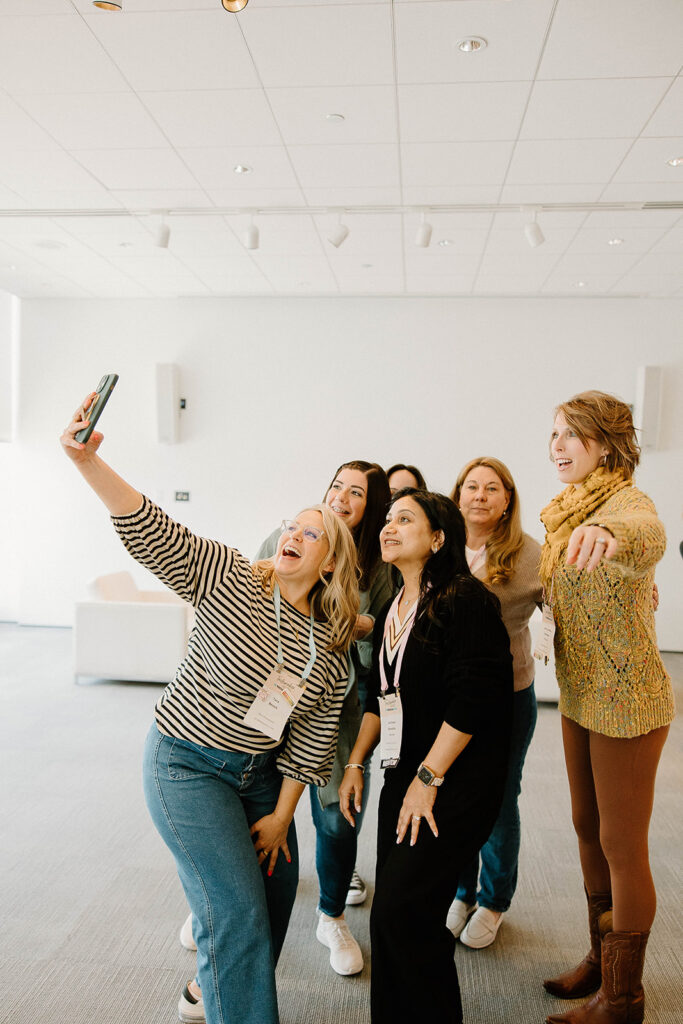This post is in sponsorship with our partner Allrecipes.
In our Spring 2021 Virtual Tastemaker Conference, Allrecipes Editor in Chief, Nichole Aksamit, and Allrecipes.com Senior Editor, Kimberly Holland talked about all things Trend Wrangling. They shared their industry expertise on trend spotting and content planning. We’ve got the replay and details below!
Watch the Replay
You can catch the YouTube replay on our channel: Tastemaker Conference or watch it below
Highlights
Below you’ll find the highlights from the replay of this video that covers all aspects of “Trend Wrangling”. We’ve edited this down to make it all easy to read and digest.
Let’s get into it!
Trendsetting vs. Trendspotting vs. Trendsurfing
What are you doing with your content and how up to date do you try to be?
- Trendsetting – creating or helping to popularize new trends. In food content creation we see this with the creators of TikTok pasta/baked feta, viral quesadilla hack, nature’s cereal, pesto eggs, etc.
- Trendspotting – this is where you see those upcoming trends, hop on them quickly and change them into your own version. Like with the above these happened with creators making a similar dish, like oven baked mac and cheese instead of baked feta, instead of the quesadilla they made a crepe, or tried something like a buffalo sauce instead of pesto for the eggs.
- Trendsurfing – living in the trending world, surrounding yourself with all the newest and latest trends.
It’s okay to miss some of the short-term trends! There is always so much going on that it’s hard to keep up with it all. So, plan out your long-term seasonal and evergreen content, and make space in your editorial calendar for those trending/new pieces of content.
Content creation is a mix of evergreen content, seasonal, and trending or new content!
If you aren’t aware of the term evergreen content, this is content that has no time limits, no restrictions to a specific time of year, and will do well on your website, social media, or even in magazines all year long. Some examples would be chocolate chip cookies, pizza, martinis. Things that aren’t assigned a season or holiday.
It’s good to think about:
- Long-term: looking over things months in advance (maybe when you make your annual calendar).
- Medium-term: adding/changing things that are a few weeks or months in advance.
- Responsive: more of those things that are prepped a few days/weeks in advance.
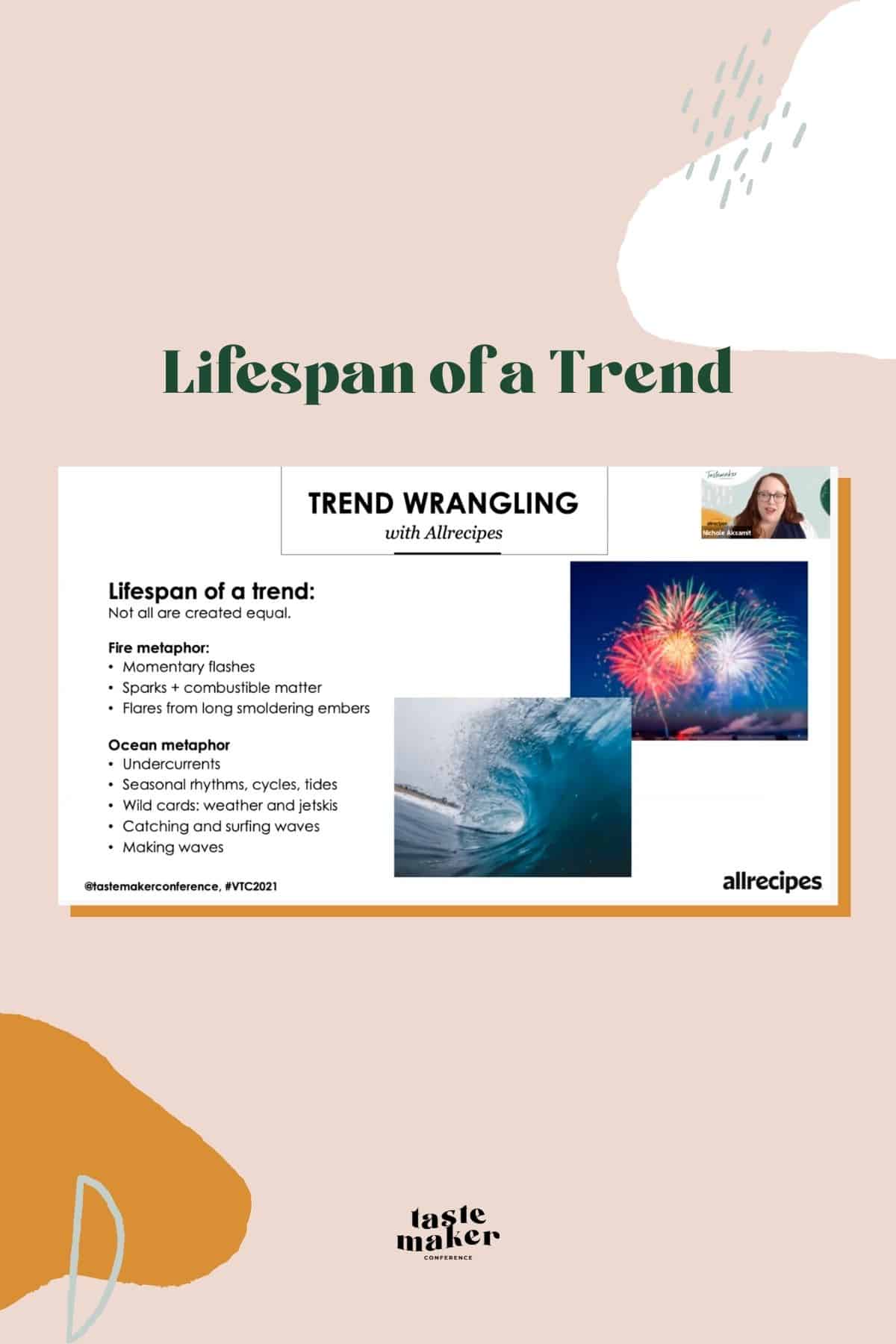
Lifespan of a trend
Not all trends are created equal. There are a few different ways to think about the lifespan.
Fire metaphor:
- Momentary flashes, sparks + combustible matter, flares from long smoldering embers
- Is this the macro- or micro-level?
Ocean metaphor:
- Undercurrents, seasonal rhythms and cycles, wild cards: weather and jetskis, catching and surfing waves, making waves
Difference with Micro and Macro Trends
The difference between a micro trend and the macro trend is how long it will last. Is it something that will shift the whole playing field in the long-run or just something that is temporary? For example a micro trend would be something like those examples above with the viral dishes: baked feta, pesto eggs, quesadilla, etc. But a macro trend would be the shift into video. We see all the platforms shifting from imagery to video, TikTok, Instagram, Pinterest, etc. It seems like this is a trend that is here for the long haul.
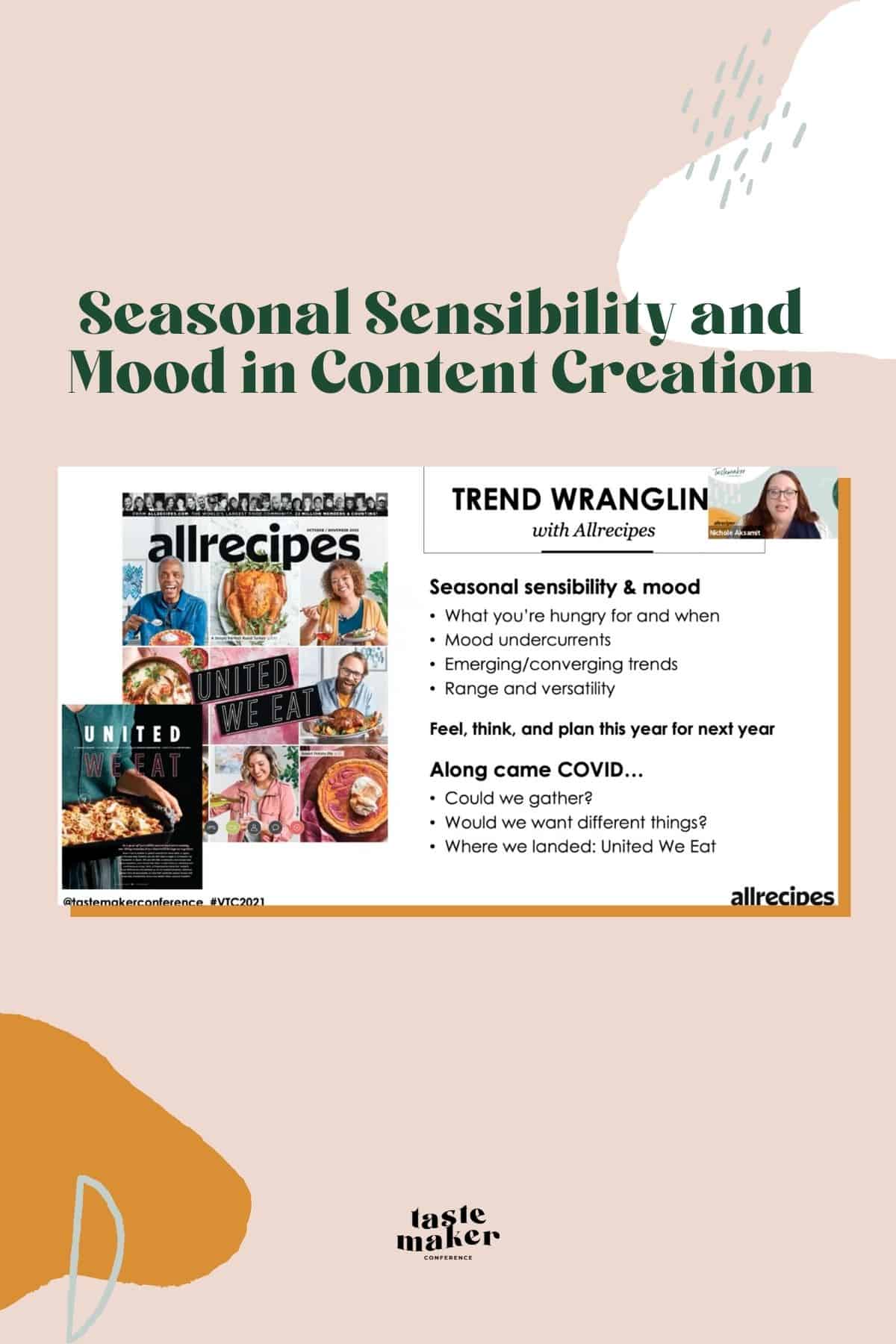
Seasonal Sensibility and Mood in Content Creation
- What are you hungry for and when?
- Mood undercurrents
- Emerging/converging trends
- Range and versibititly
You should be thinking and feeling out your next year’s ideas in the same time frame so you can remember those ideas. So going in on those long-term content creation ideas in your editorial calendar the year before.
And then also thinking about what can change and how trends can affect that. COVID has been a big example of this – think ahead, but then be okay with how things would change and how you can make the shift. And maybe take advantage of those situations like how COVID brought about new cooks, comfort foods, exploration, trends, etc.
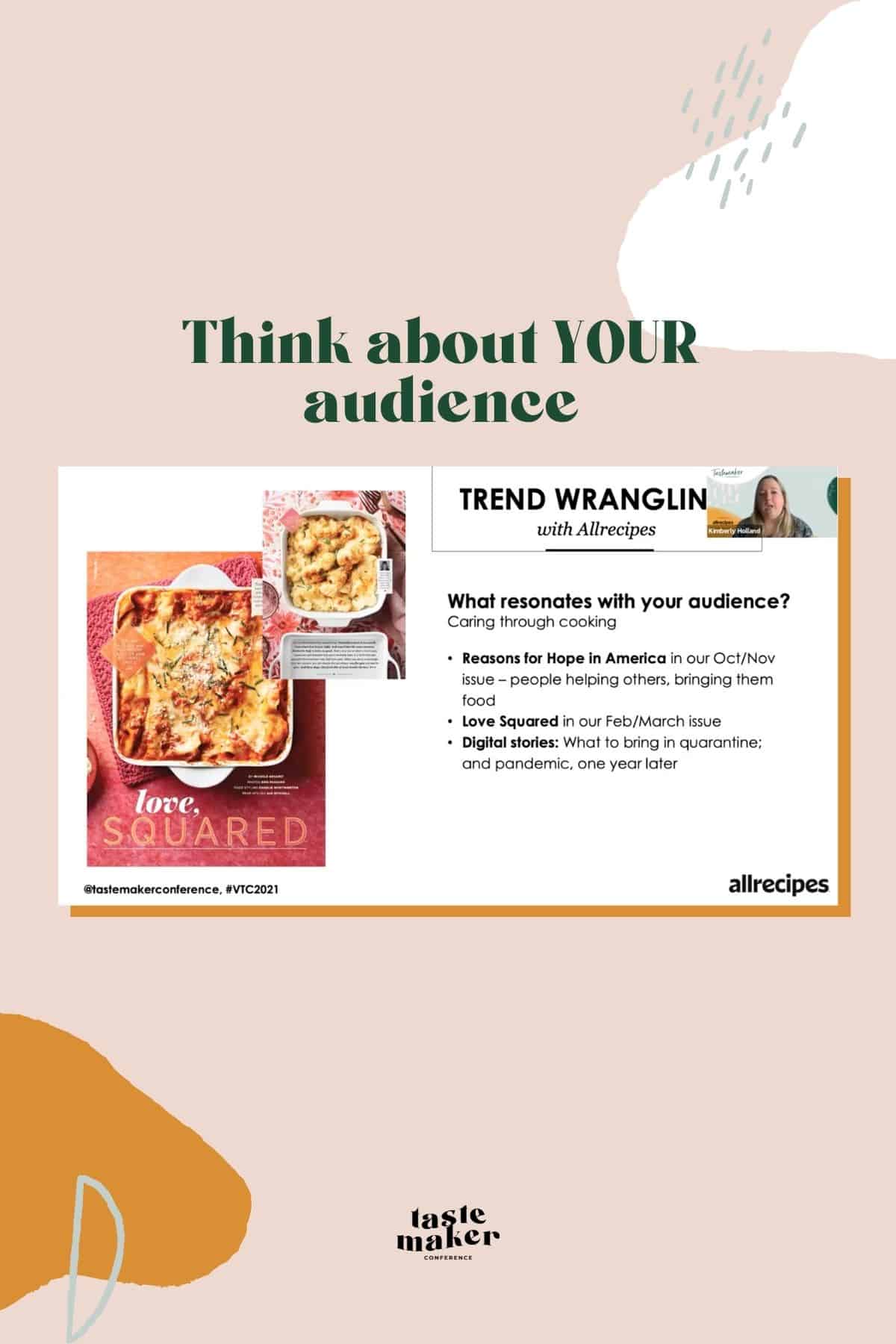
Think about YOUR audience
What resonates with your audience. For Allrecipes they made a shift in 2020-21 to think about what would speak to their audience? How should they make shifts in digital and the magazine to accommodate for those shifts?
Well, they decided to focus on things like food and ways to use food to help others. How to create content that would help others share food with loved ones, like taking a casserole normally done in a large 9×13” and instead doing two smaller dishes with the “Love Squared” piece in the Feb/March 2021 issue. This allowed their audience to do something like a simple and delicious casserole for themselves, but also make one for a loved ones, essential workers, etc.
People want to try new things
If your niche and culture are special and unique, this can be a great area to lean into. People are loving these TikTok stars who are leaning into their own cultures to share their recipes to help people create more authentic dishes at home for themselves. This was a great way to also help those with wanderlust during the pandemic.
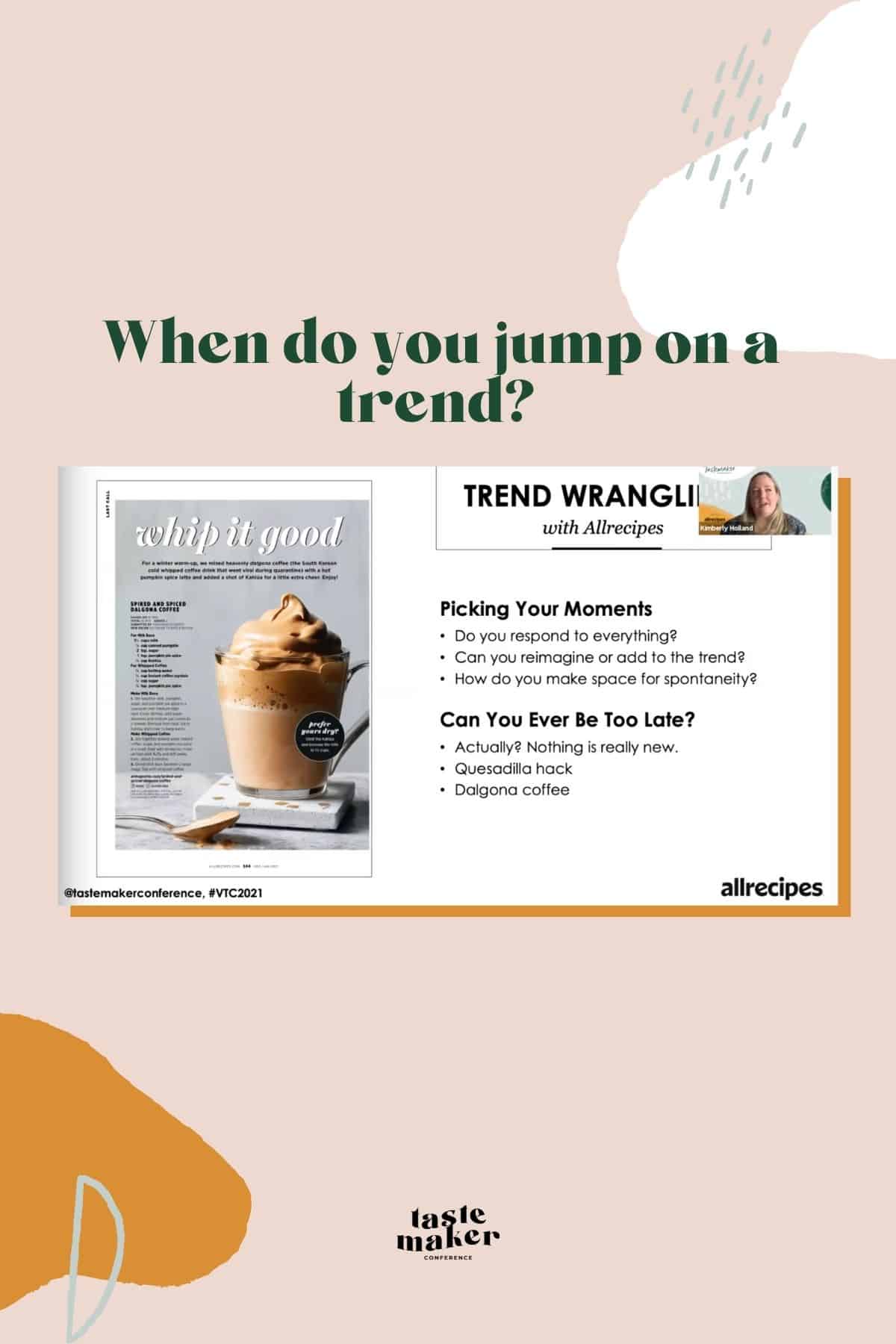
When do you jump on a trend?
When do you pick your moments? Do you respond to everything? Can you reimagine or add to the trend? How do you make space for spontaneity? If you leave space in your schedule for this specifically, you can try to jump on some trends as they come up. But sometimes, you might be overbooked, on vacation, or just not in the headspace for trying these new trends. So, instead, it’s okay to let them pass by.
Can you ever be too late to a trend though? No! Nothing is really “new”. And there is always room to change something…like the “yes, and” of improv comedy, you can take something and make it yours! Like the baked feta for Allrecipes.com. They missed the baked feta trend, but months later, they were able to do a macaroni and cheese version instead.
This also happened with the Allrecipes magazine with the dalgona coffee. They missed these in the moments they were “hot”/trending. But were able to come back months later and do a Pumpkin Spice and Spiked Dalgona Coffee in the magazine. Just remember it’s not too late for these things, but also, not everyone knows all the trends…they might be new to them! So, try new twists on it, change it up for your audience, and keep building. This gives you the chance to create something new with your own twist.
There is nothing too old or too covered in food content
There is always someone who doesn’t know the things you know. The example here is showing a video on TikTok of using the parchment paper that wraps up your butter as a way to butter your cake pan. This might be something that your grandma does and you’ve known about it for decades…but to someone else, this can be brand new information! Keep sharing things, even if you think they are things “everyone knows”. It’s always new to someone!
Can you be too early to a trend?
No! Sometimes you might post a trend “too early” for where it would normally go in your editorial calendar. The example of the cocoa bombs for Allrecipes.com was something that really was starting to trend, but Allrecipes.com posted about it in October 2020 and they were worried that October is too early in the season to really be posting this content and not too much was out there yet. However, soon after, everyone started posting about them on social media and it blew up in a good way. So, they went back and added more content to the original content, to make the momentum work in their favor.
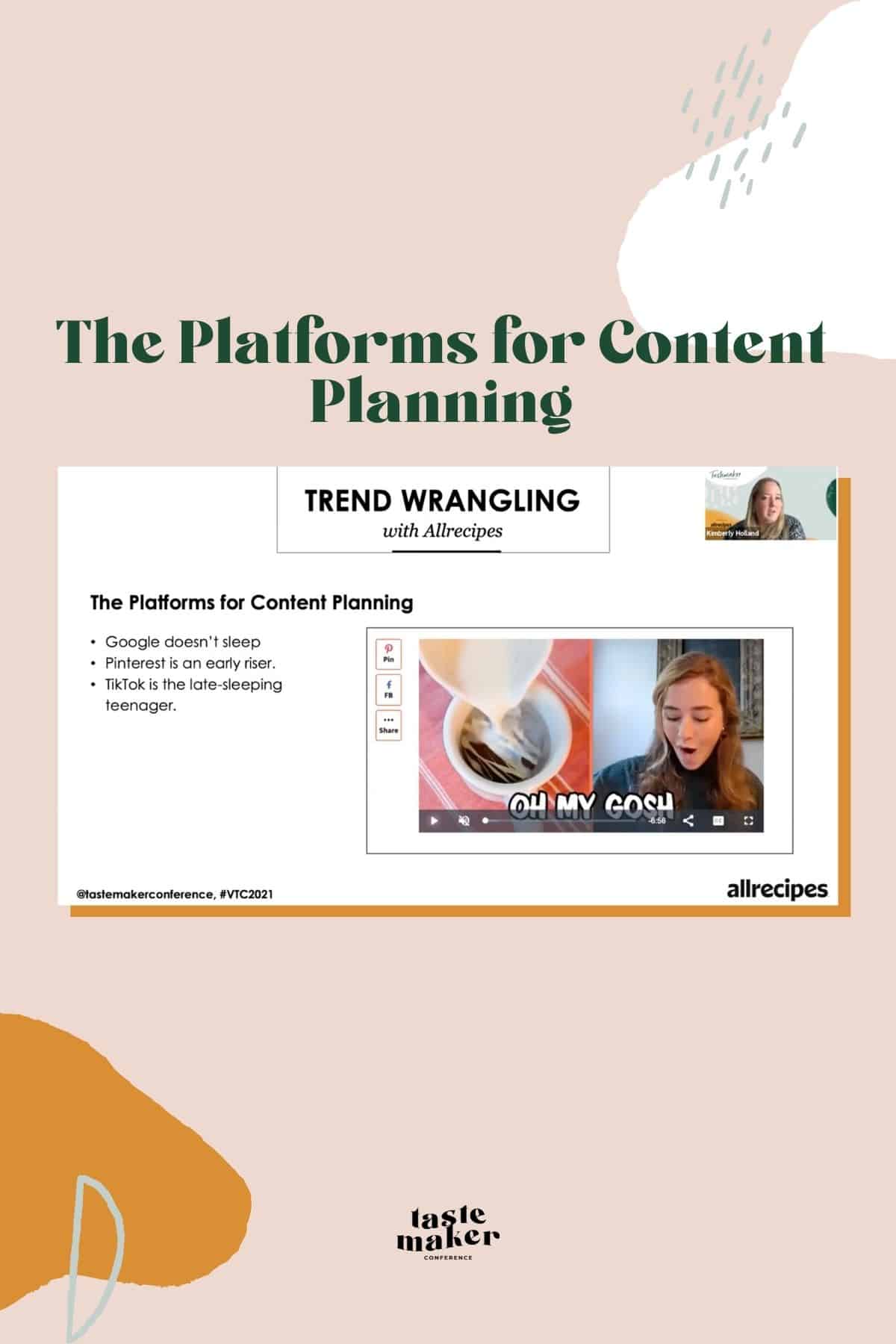
The Platforms for Content Planning
They explain that there are different platforms and each platform will change how and when people see the content. This analogy is…
- Google doesn’t sleep, so they are always watching and looking. So the earlier the better for posting on your website. It will keep looking out for new and trending content.
- Pinterest is an early riser. They will show it, pin it, and slowly people will start to see it over time. Learn more here on how to create Pinterest images for your blog.
- TikTok, however, is the late-sleeping teenager…they get there later and see it automatically and will be excited for it in the moment.
You can always come back and build more around the content. So, build your blog post asap, get it on there. Then go back, build up pins for Pinterest (static or video). Then, make that video and get it on social media and TikTok.
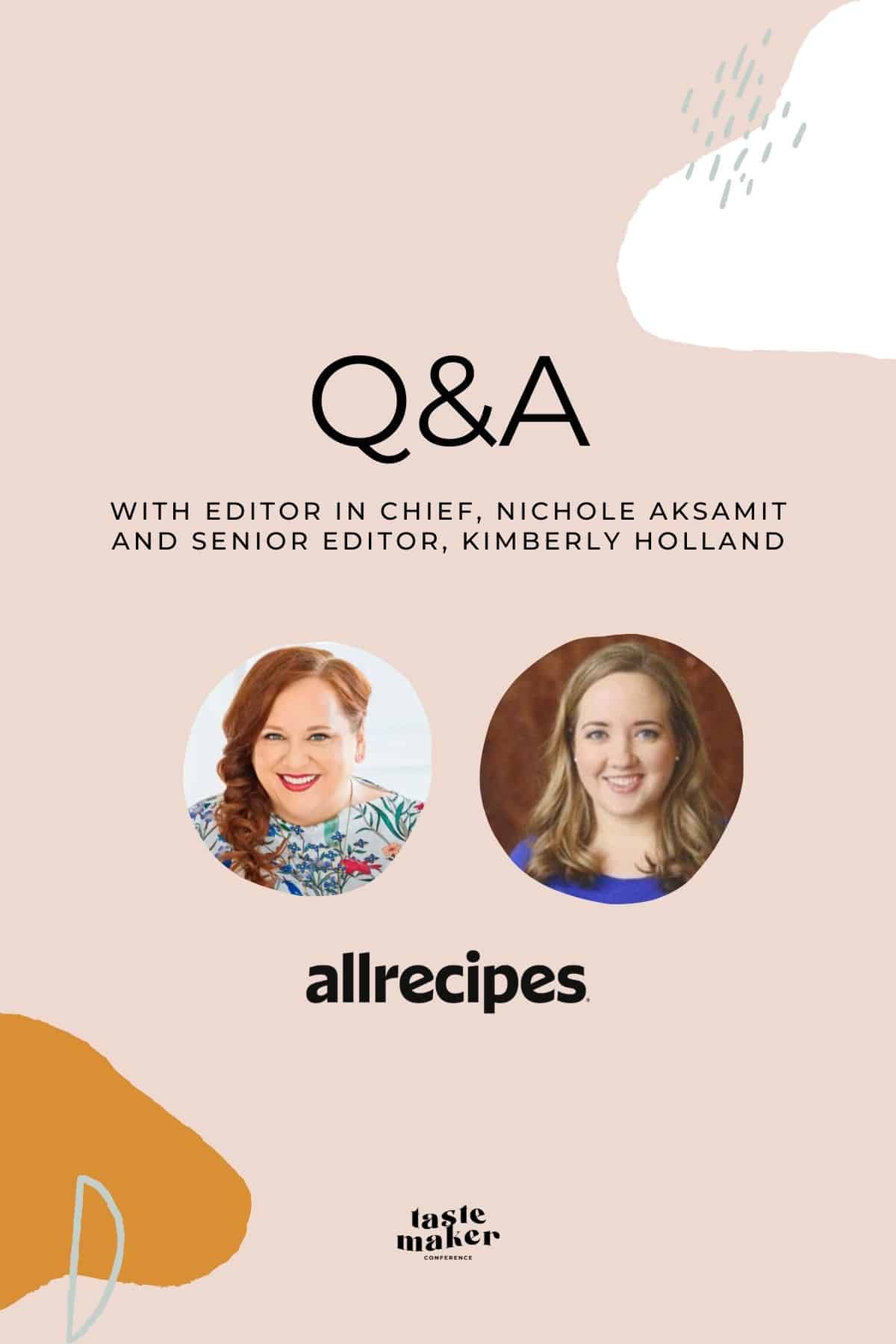
Q&A
Essentially starting with a large content calendar with the team on a spreadsheet. However, they leave spaces for those “responsive” type posts. Sections within each “magazine” for the pillars of their business.
They usually come up with ideas first, then create the content. Ideas are built on past data and trend forecasts from conferences and tradeshows, looking at what’s happening online.
Track and plot your ideas that are seasonal and evergreen. Try to think about the calendar and when people are actually looking towards these recipes. Take lots of notes!
Some great platforms to use: spreadsheets, Airtable, Asana, etc.
Leaning into hopeful waters for connecting with friends and family for the holidays. Showing up for shared meals.
Not going to discount the learnings from the pandemic with pantry and meal prep. But we will probably see more people eating out again and eating in restaurants more. However, we will most likely see people exploring new cultures they didn’t before.
Healthfulness is coming back as people have to get back into the world. Comfort food was probably number one in 2020, but now people are thinking of their own wellness again. Less stress and more easy to make dishes.
Online shopping has also made some big changes!
Outdoor cooking and dining is still big for everyone, especially not knowing where the pandemic will go. This allows people to feel comfortable and have more safety to ease back into gathering again.
Finding new normals. Budget-conscious cooking can be huge right now with employment being so all over the place with the pandemic and the “new normal”.
Freezer cooking will probably stay around as well! Frozen veggies, bulk buying meats, grains, etc.
